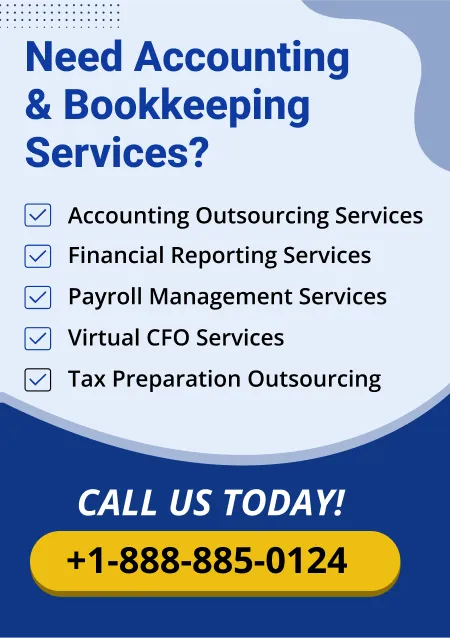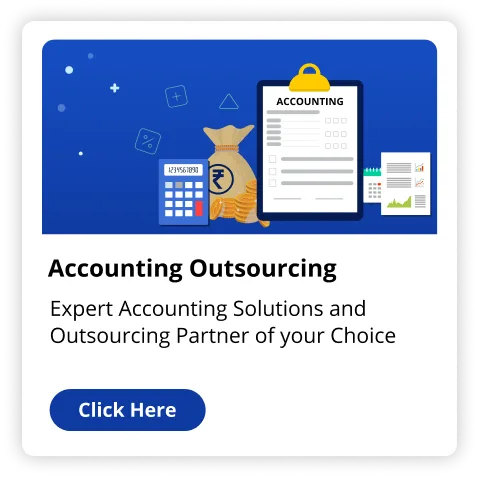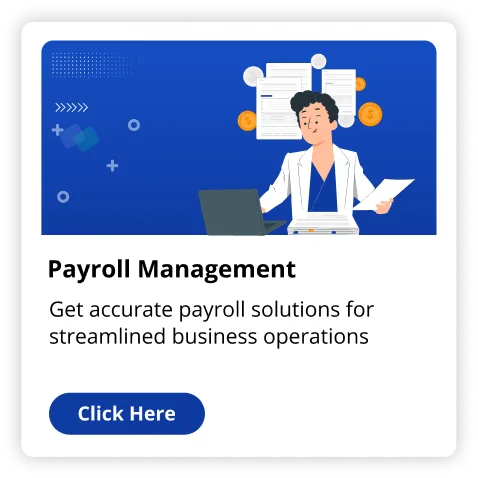As an entrepreneur, understanding your business's financial health is essential to making better choices in the future. The biggest financial tool you have is an Income statement (profit & loss statement). It gives a clear idea of your company's performance over a period of time. In this article, we will highlight the key elements of the income statement, their significance, and how knowing the elements can help you make better business choices. We will also see how outsourcing accounting services in the USA can help with decoding income statements.
What Is an Income Statement?
An income statement indicates how much income your small business produced, what expenses it incurred, and what profit (or loss) was attained over a certain period. Regardless of whether you require monthly, yearly or quarterly income reports, this report will enable you to monitor your business's performance.
The main components of the income statement so you can utilize the numbers to your advantage are:
1. Revenues: The Starting Point
Revenue shows up on the top part of your earnings report. This is the amount your business makes by offering services or products. It's your gross income before expenses.
For instance, in case you operate a retail store, your revenue would be all sales for the reporting period. In case you offer services, your revenue is what clients paid for all those services.
Revenue shows how well your business is generating sales. In case your revenues are increasing steadily, your products or service is in demand. However, revenue is not necessarily profitable, so we have to go further down into the income statement.
2. COGS (Cost of Goods Sold): The Cost of Doing Business
The direct costs of creating the item or service you market are called Cost of Goods Sold (COGS). For a product based business this will involve materials, labor, and production expenses. For a service business, COGS can include the price of subcontractors or tools to deliver the service.
COGS - revenue = gross profit.
COGS shows you how well you're operating. In the event COGS is way too high in relation to revenue, your profit margins are going to drop. Monitoring this can enable you to discover savings or gains in efficiency.
3. Gross Profit: A Measure of Efficiency
Gross profit is revenues minus COGS. This figure indicates how much money remains after paying for the direct expenses of making your services or goods. A high gross profit margin means your business is converting sales to profit, while a low margin could suggest higher production costs or pricing problems.
For instance, when your revenue is USD 100,000 and your COGS is USD 60,000, your gross profit is USD 40,000. This number shows you how well your business is managing main operations before allowing other costs.
4. Operating Expenses: Cost of Running the Business
Right after gross profit is attained, operating expenses are provided in the following section of the income statement. They're the costs which keep your business operating but are not directly associated with creating services or goods. Examples are rent & utilities, salaries, office supplies, insurance and marketing.
Operating expenses could cut into your business profit. Controlling these costs could improve your financial health. In case operating expenses are eating into your gross profit, you should review your expenditures and find areas to trim back.
5. Operating Income: Profit from Business Operation
Operating income is earnings minus operating costs. It shows your business profitability from core operations, minus non-operational activities like investments or interest expenses.
This figure shows you if your core business activities are profitable. Generating consistent operating income shows your business is on solid financial ground. However, negative or low operating income might suggest issues with cost control or pricing.
6. Non-Operating Items: Revenue & Expenses Outside Core Activities
Non-operating items include expenses and revenues not associated with your primary business activities. They might consist of interest income, gains from selling assets or interest expense on loans. These items do not reflect your core business performance but impact your profitability.
For instance, in case your business invested in bonds or stocks, the earnings from those investments will be reflected as non-operating income. Likewise, in case you borrowed cash to finance business growth, the interest payments on this loan will be reflected as non-operating expenses.
7. Net Income: The Bottom Line
Eventually we get to net income - often called "the bottom line." Net income will be your business's net income or loss after revenues, expenses, taxes and non-operating expenses. It's the true measure of your business profitability.
In the event your net income is positive, your business is profiting. A negative net income signifies a loss and that is not always bad in case you are simply beginning to develop the business or investing heavily in it. Still, a consistent negative net income must be addressed.
Why Is the Income Statement Important?
Now you understand the important components of the income statement, let's discuss why this particular document matters for you as being an entrepreneur.
- Assess Profitability: The income statement demonstrates how profitable your business is and how effectively it's operating. Tracking revenue, COGS, and operating costs reveals areas you have to potentially improve.
- Identify Trends: Reviewing income statements over time identifies trends in revenue and expense. Are your sales increasing? Are costs getting beyond control? These insights will enable you to make strategic choices regarding prices, price control and company expansion.
- Attract Investors & Get Loans: An appropriately maintained income statement is required to attract investors or get loans. It shows to potential stakeholders that you have a strong handle on your business's finances and that your company is financially solid.
- Make Informed Decisions: Lastly, decoding your income statement lets you make educated choices regarding your business. Whether you are contemplating expansion, lowering costs or even altering your pricing, the income statement provides you the data you need to move ahead.
Final Thoughts
Decoding the income statement might seem tough in the beginning, but separating it into its major components gives you a strong tool to handle your business. Revenue, gross profit, COGS, operating costs and net earnings will provide you with an excellent view on your own business's financial health.
The income statement isn't some document you look at each year at tax time. It is a living report which ought to guide your choices as an entrepreneur. Knowing it will help you to direct your business toward success.
For expert accounting and bookkeeping services in the USA, consult The Fino Partners today.
READ ALSO | How to Read and Analyze Your Stripe Dashboard Income Statement


























